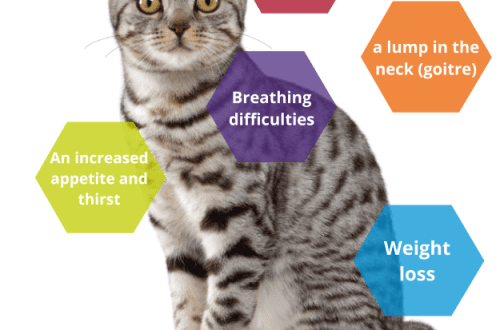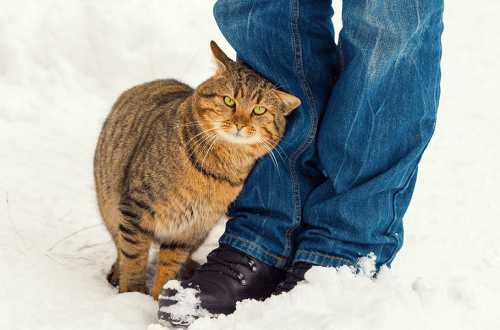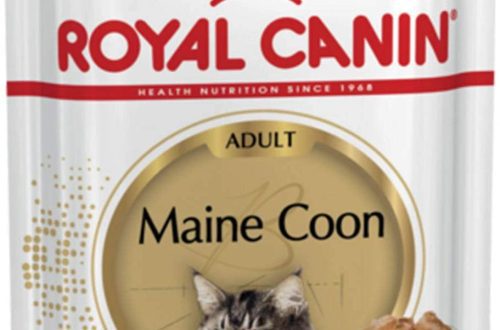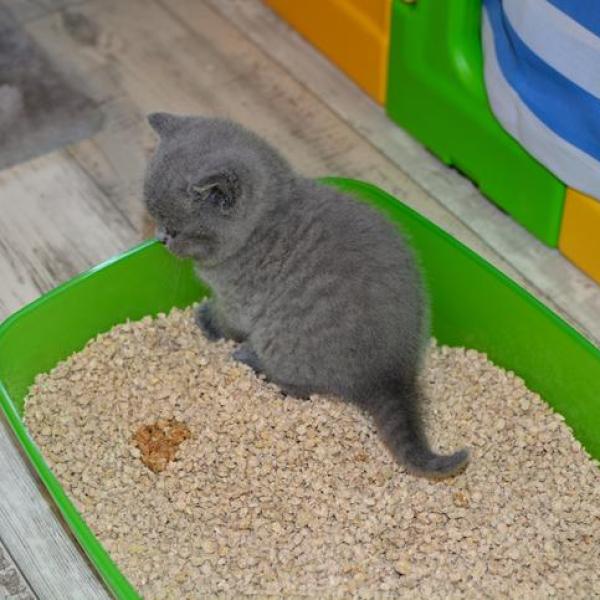
Naha ucing kencing dina getih?
If a cat urinates blood, it can be very alarming for any owner. But it’s actually quite common. Hematuria – the scientific term for blood in the urine – can be caused by diseases of the urinary tract or even pathological processes in other parts of the body that can affect the urinary tract or kidneys.
Daptar eusi
Blood in the urine of a cat: signs to look out for
Although hematuria is often manifested by the obvious presence of blood or blood clots in the urine, it is not always so noticeable. In most cases, hematuria is actually diagnosed at the microscopic level or in the laboratory. The color of the urine seems quite normal because there is very little blood in it, but if there is a lot of blood in the urine, it may turn pink or red.
According to the American Veterinary Medical Association, there are some other signs that can be seen along with a change in urine color:
- Frequent drinking.
- Sering urination.
- Kencing nyeri.
- Meowing in the litter box.
- The cat repeatedly climbs into the tray and crawls out of it.
- Urination outside the tray.
- Inability to urinate. In this case, urgent medical attention is required.
- Bruises on the skin in the form of obvious bruises or small dots.
- Bleeding, such as from the nose, gums, eyes, ears, or rectum, bloody vomit, or bloody stools.
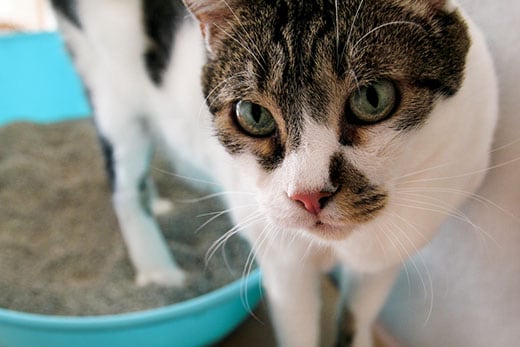
Urine with blood in a cat: causes
Some of the signs described above are not usually associated with blood in the cat’s urine and are only seen in rare conditions. In most cases, hematuria in cats is the result of urinary tract disease, and in order to determine exactly where the source is, it is necessary to contact a veterinarian.
The doctor will begin by reviewing the cat’s medical history and performing a clinical examination. Among the main tests that are performed in cats with hematuria are blood tests, including biochemistry and complete blood count (CBC), as well as urinalysis. Depending on the suspected internal cause, your veterinarian may recommend more specific laboratory tests, such as a screening test to check for bleeding disorders. If a veterinarian suspects a urinary tract infection, a urine culture can help determine its bacteriological composition. Abdominal x-rays or ultrasounds are often recommended to check for urinary tract stones, tumors, or other conditions that can cause a cat to urinate blood, such as bladder infections.
Most cases of hematuria in cats are associated with feline idiopathic cystitis (FIC). In fact, urinary tract infections are quite rare in cats.
Blood in the urine of a cat: treatment
As with many other diseases, if a cat pees blood, its treatment will depend on the exact cause. It may seem that kidney stones or bladder stones are a completely exhaustive diagnosis, but the veterinarian needs to know what type of uroliths he is dealing with.
Some uroliths can be treated in a non-invasive way with the help of a specially balanced diet, which will contribute to their complete dissolution. Others are resistant to dissolution and require surgical intervention. To successfully solve the problem, it is very important to know as much as possible about the disease.
Prevention of common urinary problems in cats
Feline Urological Syndrome (UCS), as the condition is sometimes known, refers to a range of different conditions that lead to urinary problems in furry friends, explains the Cornell Cat Health Center. The causes of these conditions and how to treat them are still not fully understood. There are two main categories of preventive measures to prevent a cat from developing lower urinary tract disease (FLUTD).
- environment and stimulation. The life of a cat may seem easy and pleasant, but animals with signs of lower urinary tract disorders may not agree with this. Cats with urological syndrome are prone to developing stress and require a bit more grooming than most of their cats. The ability to choose a place to play, rest, eat and toilet will help minimize stress for the cat. For example, each pet should have access to a private seating area, scratching posts, and toys. Stress-prone cats often sit on high ground to monitor their surroundings. A personal litter tray should be provided for each cat and one extra. Daily cleaning of the litter box is important for many cats with urological syndrome, as it is for all other cats. Pets do not like to use a dirty tray and, accordingly, can find a cleaner and less desirable place for the owner for their “business”.
- Proper nutrition and sufficient water in the daily diet. The most important ways to prevent signs of lower urinary tract disorders are proper nutrition and adequate water intake. Feeding your cat wet food is the main way to increase your cat’s overall fluid intake. Another way to encourage your cat to drink more is to install a circulating water fountain, place several bowls of water in different places in the house, or maybe the cat will like to drink water straight from the tap. If a cat drinks enough water, her urine will be less concentrated, which will prevent the formation of crystals, which are the building blocks for uroliths.
It is important to make sure that the cat is eating a complete, balanced diet that is appropriate for its stage of life, and not “all at once.” Some foods contain an excess of minerals that can contribute to the formation of crystals and uroliths and, consequently, the development of diseases of the lower urinary tract.
Although urological syndrome occurs quite often in cats, you should not be limited by your own assumptions if a cat walks on a small one with blood. It is necessary to immediately seek veterinary help in order to figure out what is wrong with the pet as soon as possible and begin the necessary treatment. It is important to remember that acute urinary retention poses a threat to the life of the animal, requiring emergency medical attention.



